Nato’s new plans to defend Europe from Putin
Most comprehensive shake-up of defence planning since end of Cold War will see 300,000 troops on stand-by

Nato members are set to approve the most comprehensive shake-up of the alliance’s defence plans since the end of the Cold War.
From its founding in the late 1940s to the end of the 1980s, Nato’s primary focus was on preparing for war in Europe with the Soviet Union and its allies. But the fall of the Berlin Wall, followed by the collapse of the USSR and Warsaw Pact in 1991, shifted attention to expansion eastwards.
Three decades later, following Russia’s invasion of Ukraine, countering Moscow on the battlefield is again topping the agenda as Nato leaders prepare to meet next week for their annual summit.
The Week
Escape your echo chamber. Get the facts behind the news, plus analysis from multiple perspectives.

Sign up for The Week's Free Newsletters
From our morning news briefing to a weekly Good News Newsletter, get the best of The Week delivered directly to your inbox.
From our morning news briefing to a weekly Good News Newsletter, get the best of The Week delivered directly to your inbox.
What is being proposed?
Nato members have plenty to discuss when they gather in the Lithuanian capital, Vilnius, on Tuesday.
Secretary General Jens Stoltenberg’s term has been extended until October next year amid ongoing divisions about his successor. Ukraine is seeking an invitation to join the alliance when the war ends, and Turkey is continuing to block Sweden’s accession.
Members are also at odds over Nato’s approach to the growing influence of China in Europe and whether to open an office in Tokyo.
But “it is the planned overhaul of Nato’s military machinery that is the most consequential item on the agenda”, said The Economist.
A free daily email with the biggest news stories of the day – and the best features from TheWeek.com
Led by US General Chris Cavoli, who serves as Supreme Allied Commander Europe, the new 4,000-page plan sets out how to deploy up to 300,000 troops on the alliance's eastern flank within 30 days. The “centrepiece” is a trio of regional plans: one for the north and Atlantic area; in the centre, which covers the Baltic and central Europe down to the Alps; and a southern plan for the Mediterranean and Black Sea. There are also sub-plans for space, cyber operations and special forces.
Matthew Van Wagenen, a US general in the Supreme Headquarters Allied Powers Europe, told the site that the plans represented the “most dramatic change” since the fall of the Berlin Wall in 1989.
According to the Financial Times, the defence of Estonia, Latvia and Lithuania will be “one of the main topics” at next week’s summit. The recent revolt by Wagner mercenaries in Russia raised “deep security concerns” in the Baltic states and Poland after a deal was reached allowing the group’s leader, Yevgeny Prigozhin, to take refuge in Belarus.
Plans by Vladimir Putin to move nuclear weapons into Belarus risk escalating the situation further.
Will Nato’s new plans work?
The “first and most important purpose” of the new strategy is “deterrence”, said The Economist. The key point of Nato war plans, said Tim Sayle, a historian at the University of Toronto, “has always been that Moscow knows there are Nato war plans”.
But while having plans is one thing, being able to carry them out is quite another.
The alliance has been boosted by the accession of Finland, and could benefit further if Sweden gets the green light to join. As Nato reshapes its strategy in response to Russia's campaign, “access to these new territories and their infrastructure opens ways for allies to watch and contain Moscow”, said Reuters, “and an unprecedented chance to treat the whole of northwest Europe as one bloc”.
However, the new strategy requires agreement on re-prioritisation in procurement and investment, especially in heavy weaponry such as jets, tanks and artillery.
Last week, Nato member countries took part in a “force generation conference” to determine how many troops and how much equipment the alliance might have to respond to any Russian attack, both in the short and longer term. The Economic Times reported that officers were “upbeat” about the results.
But experts and even some Nato diplomats “have expressed doubt about the willingness of member countries to put a total of 300,000 troops on stand-by”, the site added.
The plans also highlight Europe’s continued dependence on the US, raising concerns about what might happen if American forces were needed to tackle events elsewhere in the world. If a crisis were to erupt in Taiwan for example, which would require the rapid redeployment of US troops to the Asia-Pacific region, “Europe could find itself worryingly exposed”, said The Economist.
Critics of the plans may also point out that Russia’s invasion of Ukraine, “while catalysing reforms, has also cast doubt on whether the threat it poses to Nato members is as great as was previously thought”, the site added.
The chair of Nato’s Military Committee, Admiral Rob Bauer, agreed that the war in Ukraine has depleted Russia’s land army, but warned that "we should never underestimate the Russians and their ability to bounce back”.
"They might not be 11ft tall, but they are certainly not 2ft tall,” Bauer told reporters in Brussels this week. “We will continue to look at them as a serious threat, in the maritime, and in the air especially, and in space, they are still very, very capable, let alone of course in nuclear.”
-
 Received a gift card this holiday season? Here’s how to maximize it.
Received a gift card this holiday season? Here’s how to maximize it.The Explainer Make the most of your present
-
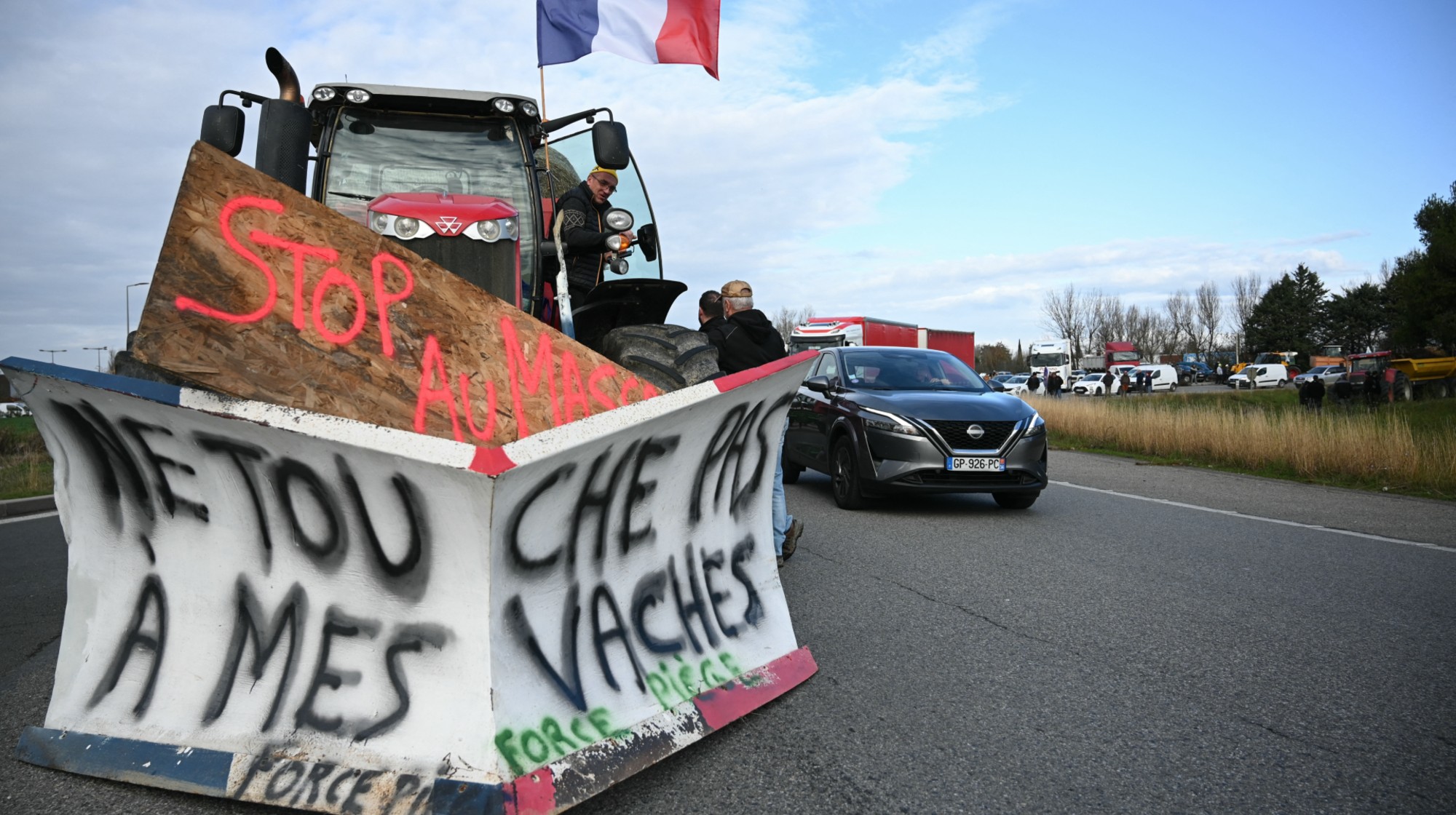 ‘Lumpy skin’ protests intensify across France as farmers fight cull
‘Lumpy skin’ protests intensify across France as farmers fight cullIN THE SPOTLIGHT A bovine outbreak coupled with ongoing governmental frustrations is causing major problems for French civil society
-
 The best books of 2025
The best books of 2025The Week Recommends A deep dive into the site of a mass shooting, a new release from the author of ‘Atonement’ and more
-
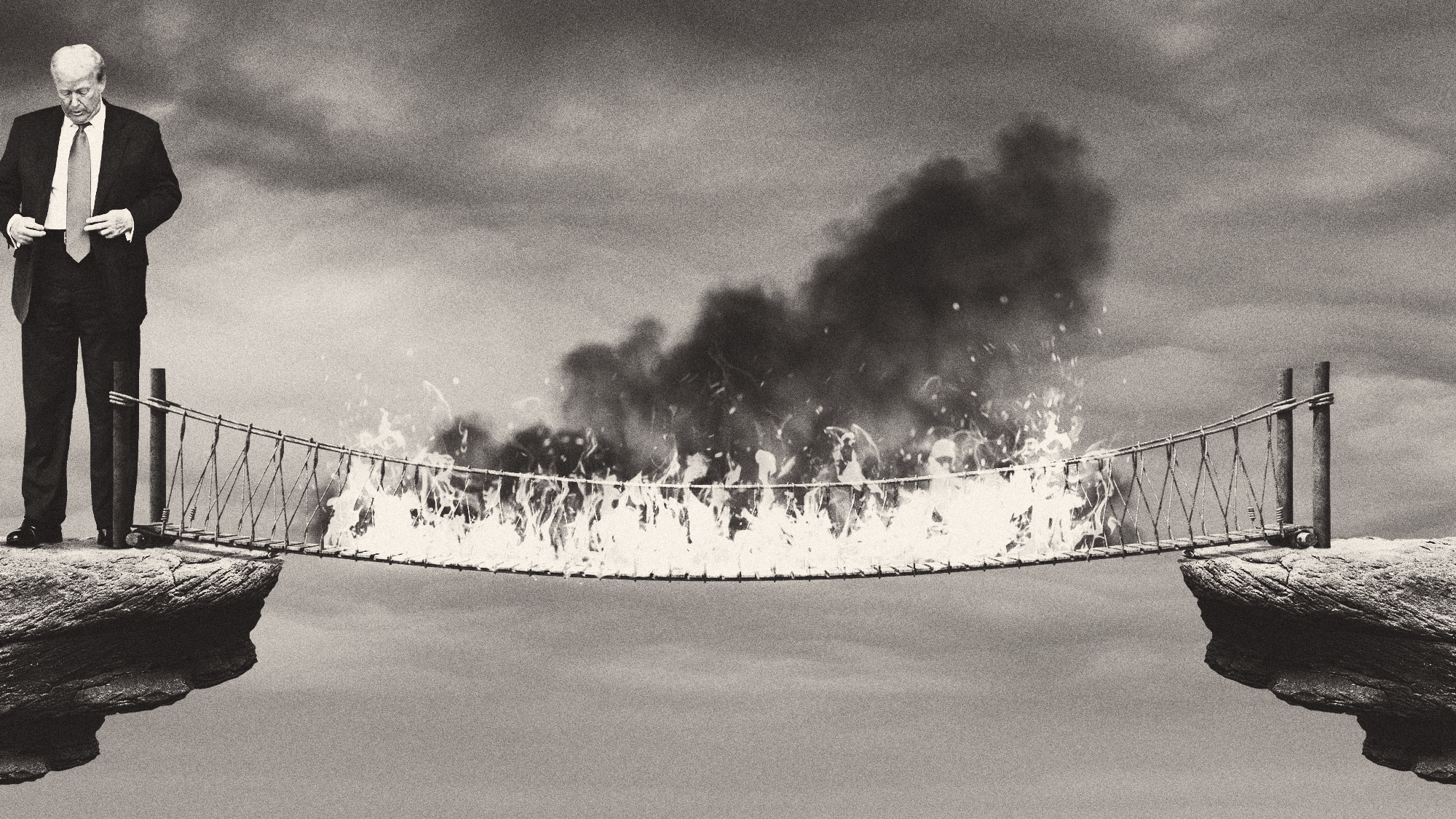 Did Trump just end the US-Europe alliance?
Did Trump just end the US-Europe alliance?Today's Big Question New US national security policy drops ‘grenade’ on Europe and should serve as ‘the mother of all wake-up calls’
-
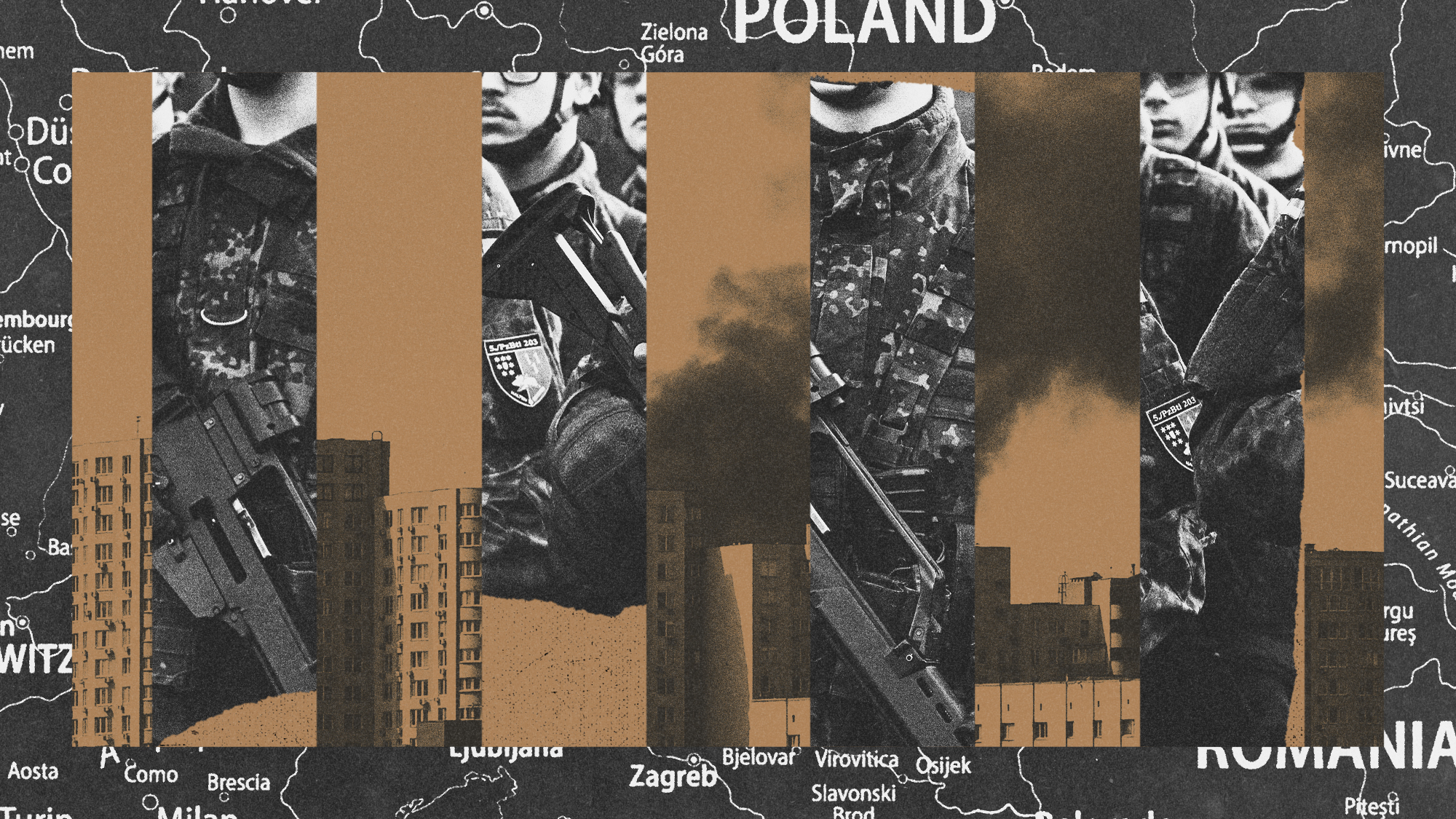 Is conscription the answer to Europe’s security woes?
Is conscription the answer to Europe’s security woes?Today's Big Question How best to boost troop numbers to deal with Russian threat is ‘prompting fierce and soul-searching debates’
-
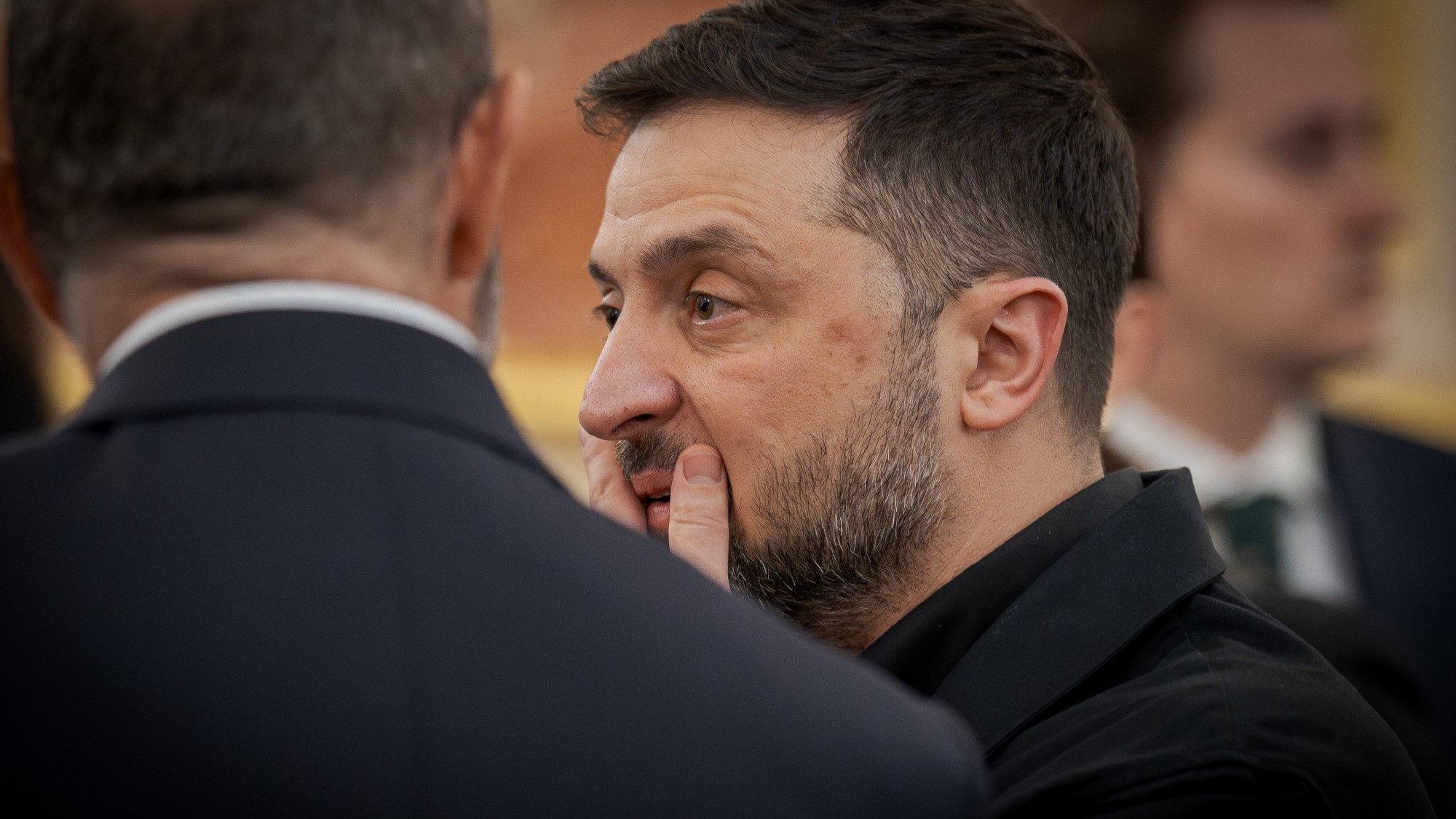 Trump peace deal: an offer Zelenskyy can’t refuse?
Trump peace deal: an offer Zelenskyy can’t refuse?Today’s Big Question ‘Unpalatable’ US plan may strengthen embattled Ukrainian president at home
-
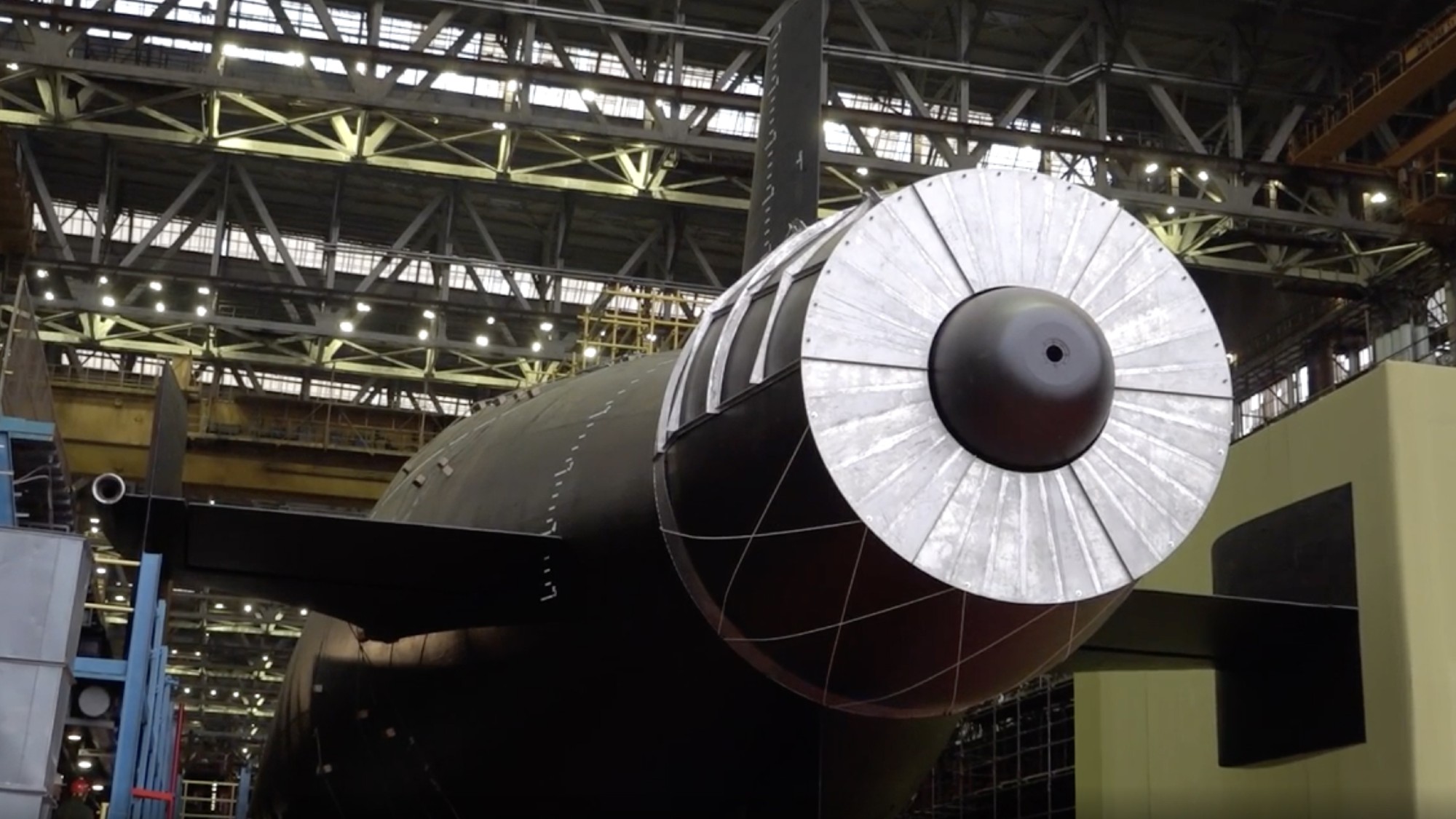 Vladimir Putin’s ‘nuclear tsunami’ missile
Vladimir Putin’s ‘nuclear tsunami’ missileThe Explainer Russian president has boasted that there is no way to intercept the new weapon
-
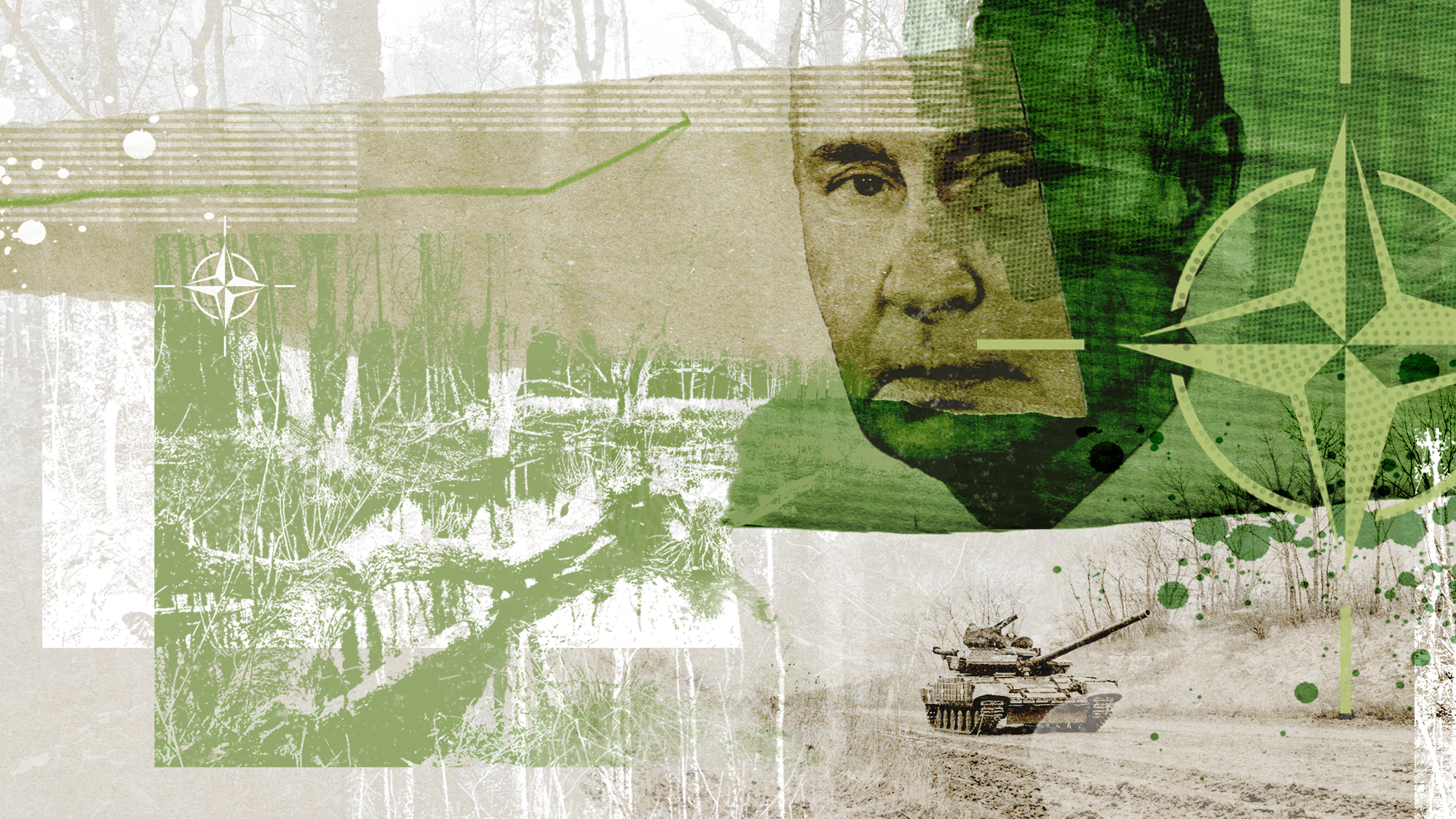 The Baltic ‘bog belt’ plan to protect Europe from Russia
The Baltic ‘bog belt’ plan to protect Europe from RussiaUnder the Radar Reviving lost wetland on Nato’s eastern flank would fuse ‘two European priorities that increasingly compete for attention and funding: defence and climate’
-
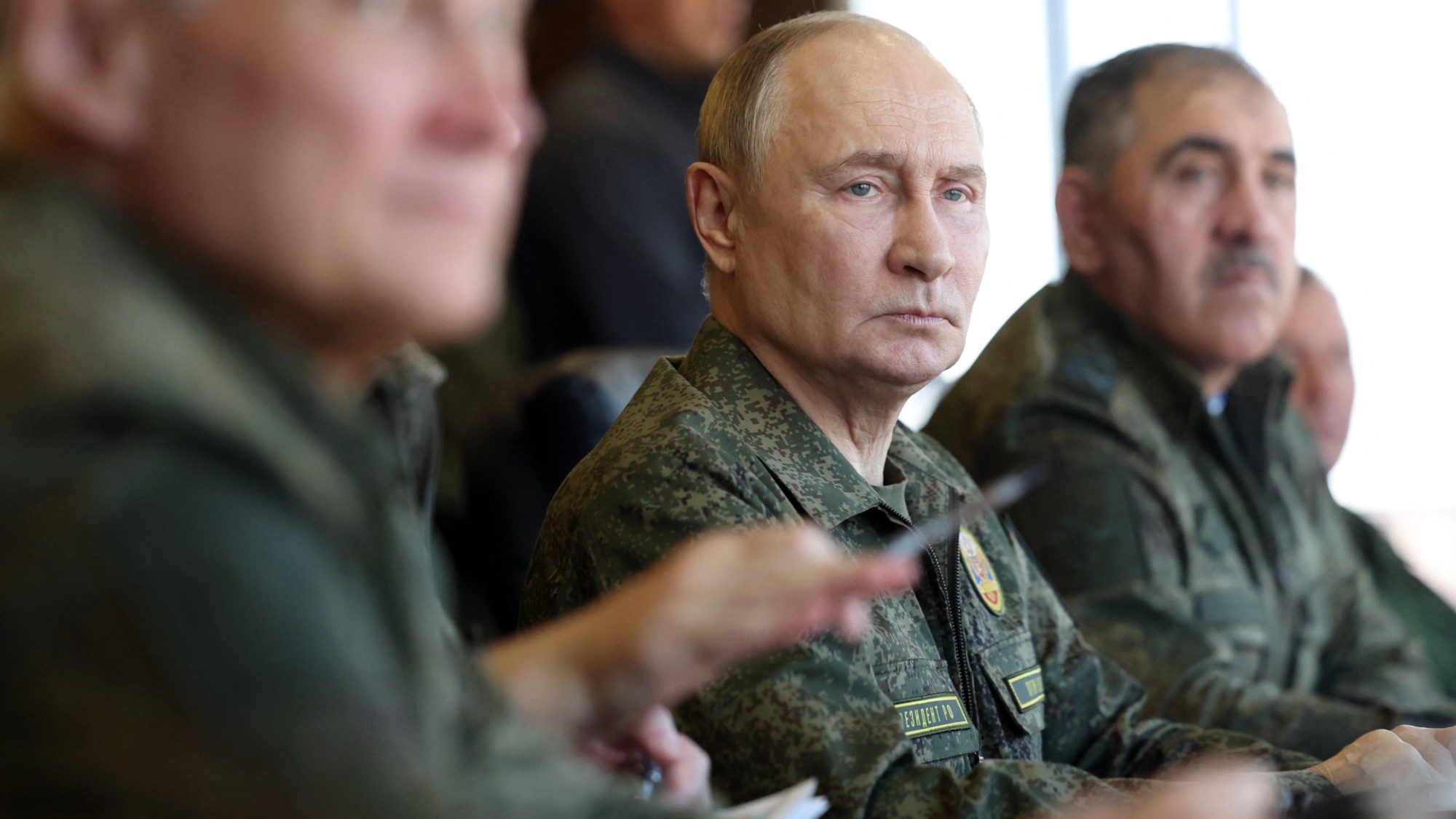 How should Nato respond to Putin’s incursions?
How should Nato respond to Putin’s incursions?Today’s big question Russia has breached Nato airspace regularly this month, and nations are primed to respond
-
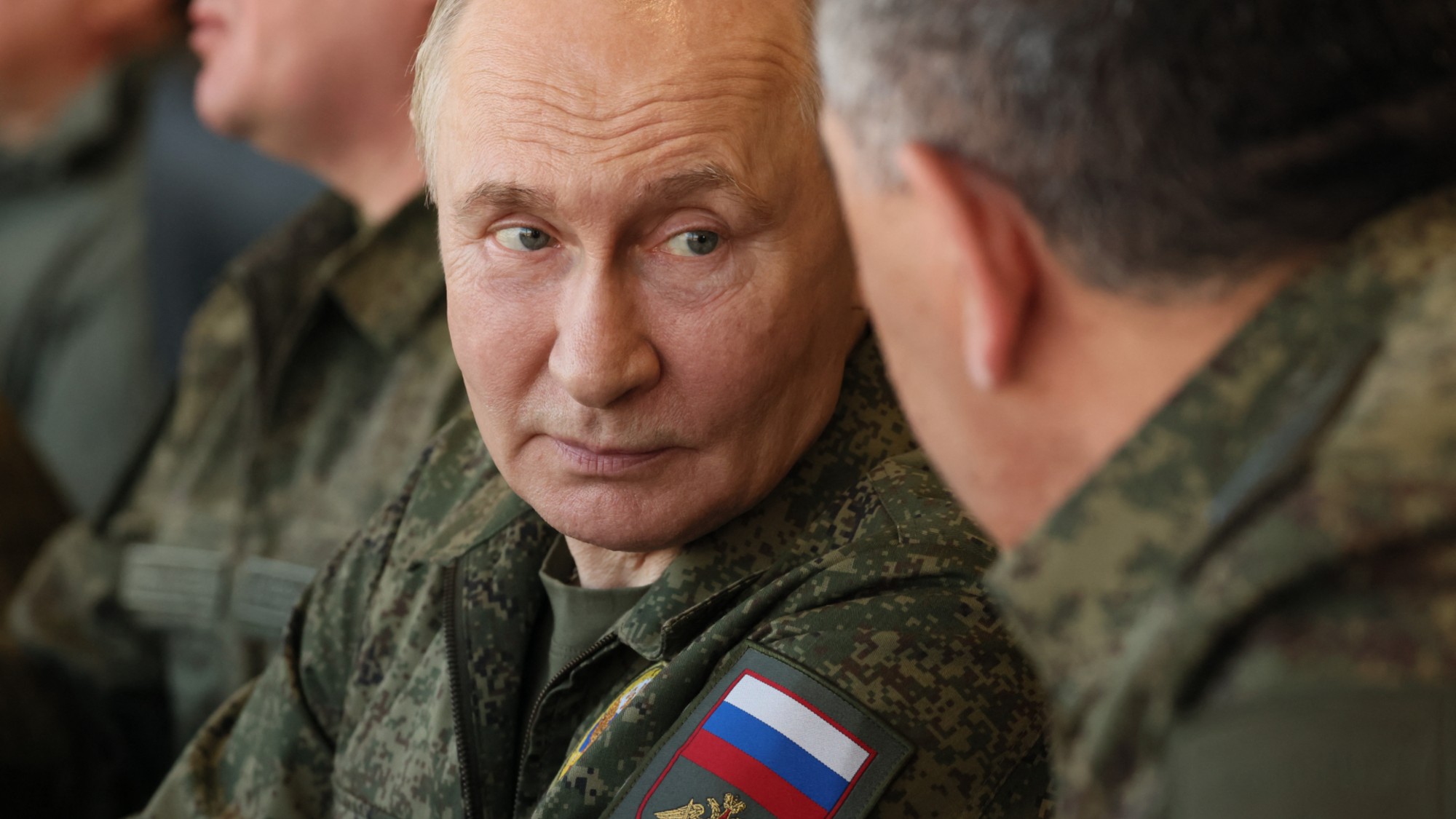 Russia’s war games and the threat to Nato
Russia’s war games and the threat to NatoIn depth Incursion into Poland and Zapad 2025 exercises seen as a test for Europe
-
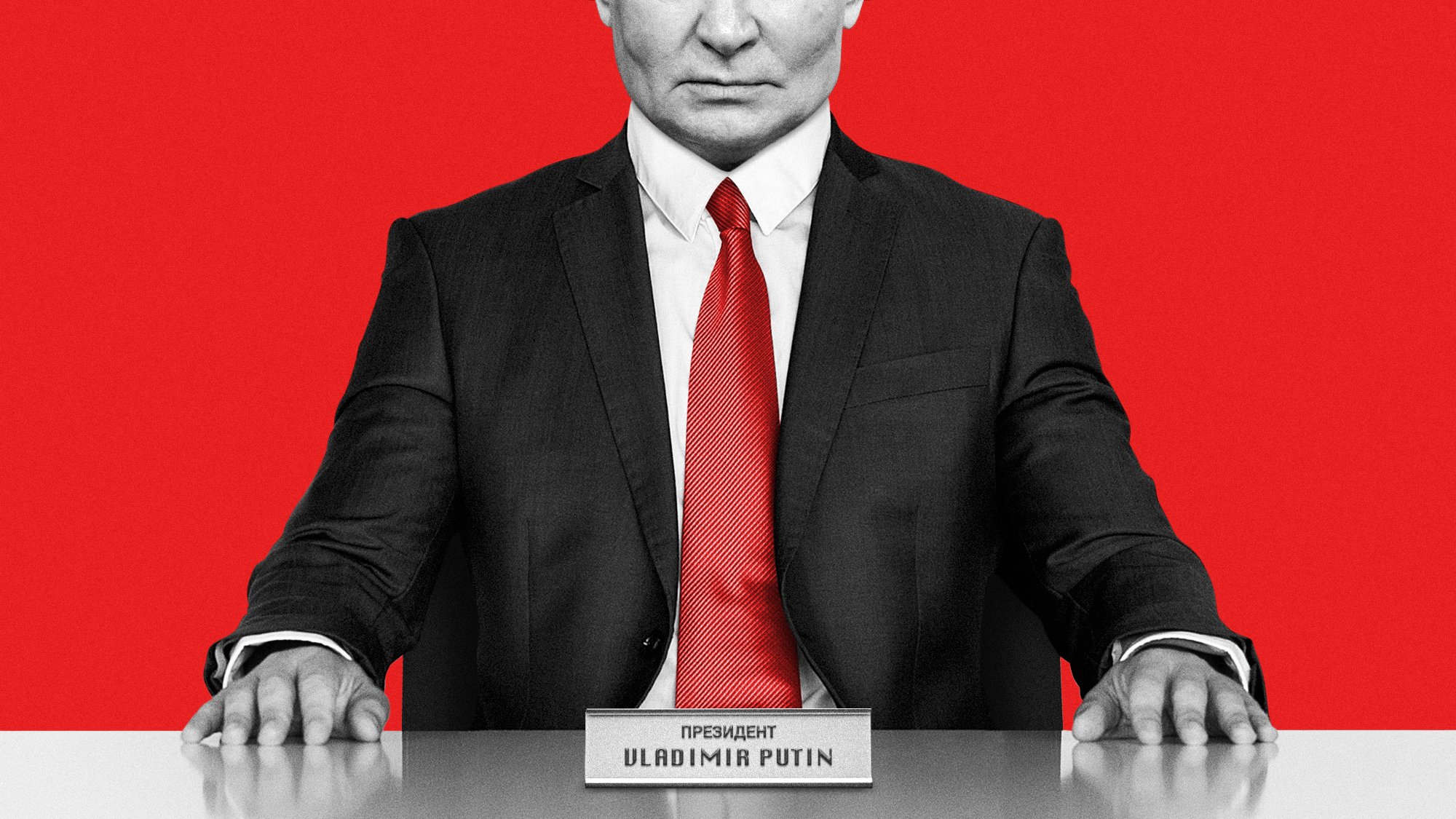 What will bring Vladimir Putin to the negotiating table?
What will bring Vladimir Putin to the negotiating table?Today’s Big Question With diplomatic efforts stalling, the US and EU turn again to sanctions as Russian drone strikes on Poland risk dramatically escalating conflict